Which are the Best Post-Inflammatory
Hyperpigmentation Treatments?

Skin patches that become darker than the surrounding skin are hyperpigmentation.
Melanin, the pigment that gives us our natural skin tone, can cause these dark spots when the skin produces too much of it.
Any skin type can be impacted. However, due to the higher melanin production in darker skin tones, hyperpigmentation is more common in people with coloured skin.
But why does post-inflammatory hyperpigmentation (PIH) happen, and how do you get rid of it?
What is post-inflammatory hyperpigmentation?
PIH refers to the dark spots that naturally appear after an inflammatory skin condition, such as cystic acne breakouts, pimples, or eczema.
While harmless, these post-acne marks frequently have the potential to be even more upsetting and distressing than the pimples themselves.
PIH typically appears as a flat region of skin discolouration. Depending on the severity of the discolouration and your skin tone, it may appear white, pink, red, purple, brown, or even black.
What causes post-inflammatory hyperpigmentation?
When the skin becomes inflamed due to an injury or irritation, too much melanin is produced while the skin recovers, which triggers hyperpigmentation.
Even after the wound has fully healed, this colouring is still present, resulting in an uneven skin tone. It can happen anywhere on the body, but sun exposure can exacerbate it.
The PIH area typically grows larger and darkens when a breakout becomes more irritated. Additionally, popping or picking a pimple raises the risk of developing PIH as it increases inflammation.
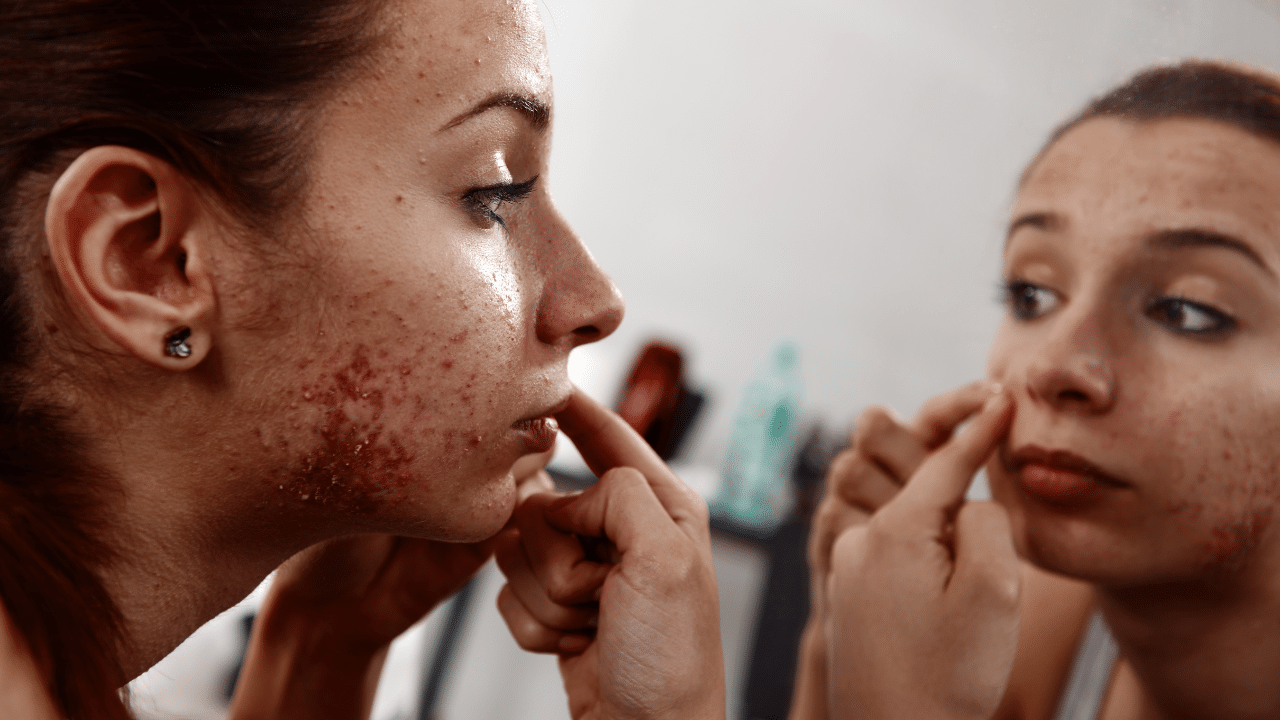
What is the difference between acne scars and post-inflammatory hyperpigmentation?
A pitted or sunken area results from tissue loss in true acne scars, while a raised scar results from tissue overgrowth.
On the other hand, PIH is flat. It is merely darker than the surrounding skin; it is neither pitted nor elevated.
Will post-inflammatory hyperpigmentation disappear on its own?
The good news is that, PIH can go away over time even without treatment. However, the keyword here is time.
For PIH to completely go away, it can take 3-24 months or even longer in extreme circumstances. Sometimes, these dark patches don’t go away on their own, being more or less permanent.
However, there are some treatments that can improve hyperpigmentation.
What can I do to treat hyperpigmentation?
OTC medications can aid in the fading of more subtle marks.
However, for darker marks or those that have been around for a long time, you will get better results with in-office treatments.
Whatever course of treatment you select, be aware that progress will not happen overnight.
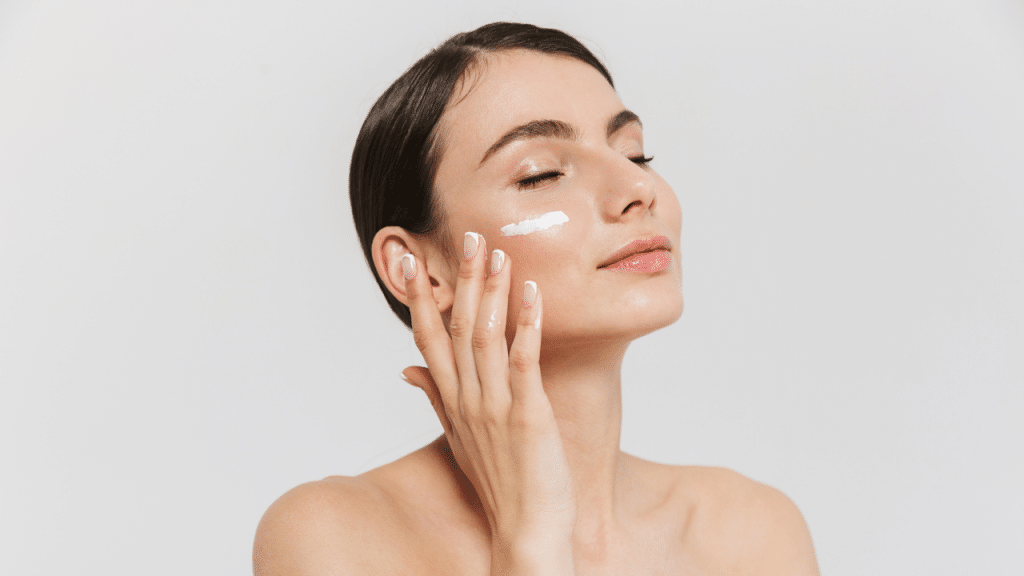
Topical Treatments
Certain skincare ingredients have the ability to enhance the appearance of PIH by accelerating the skin’s natural exfoliation process, removing dead skin cells and promoting cell turnover.
glycolic acid
azelaic acid
kojic acid
salicylic acid
lactic acid
vitamin C
topical retinoids
niacinamide
These active ingredients are present in a lot of over-the-counter “brightening” products. Do not use products labelled “whitening” as it contains harmful chemicals that bleach your skin.
Additionally, leave-on skincare products like creams, gels, and lotions will produce better results than wash-off items like cleansers.
Furthermore, some of these ingredients can also be used to soothe active acne and prevent future breakouts with regular use.
In-Office Cosmetic Procedures
Chemical Peels
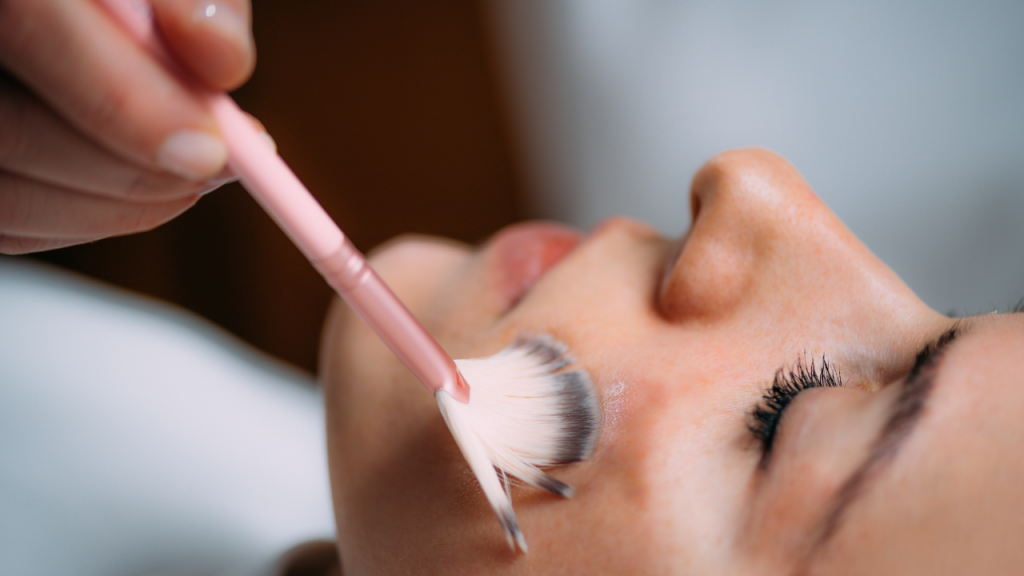 A chemical peel “peels” away the top layer of your skin to expose softer, more even-toned skin underneath.
A chemical peel “peels” away the top layer of your skin to expose softer, more even-toned skin underneath.
Remember that peel formulations have larger concentrations than OTC serums and creams. While there are OTC chemical peels, we advise you to stay clear of those. Too strong formulations can cause chemical burns and even worsen PIH in people with darker skin.
Instead, see a professional if you plan on getting a chemical peel to ensure the proper fading of dark marks while maintaining the integrity of your skin.
Ablative Laser Therapy
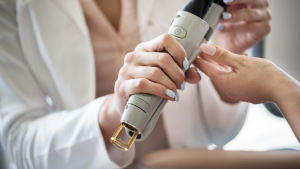 During ablative laser resurfacing, your skin is exposed to a powerful beam of light energy.
During ablative laser resurfacing, your skin is exposed to a powerful beam of light energy.
This kind of laser destroys the outer layer of skin (epidermis) while heating the underlying layer of dermis, stimulating collagen production over time, and resulting in better skin tone and texture.
Ablative treatments include the erbium laser, carbon dioxide (CO2) laser, and advanced combination systems.
Depending on the technology employed and the size of the region treated, an ablative laser resurfacing session normally takes between 30 minutes and two hours.
PICO Plus Laser Treatment
PICO Plus 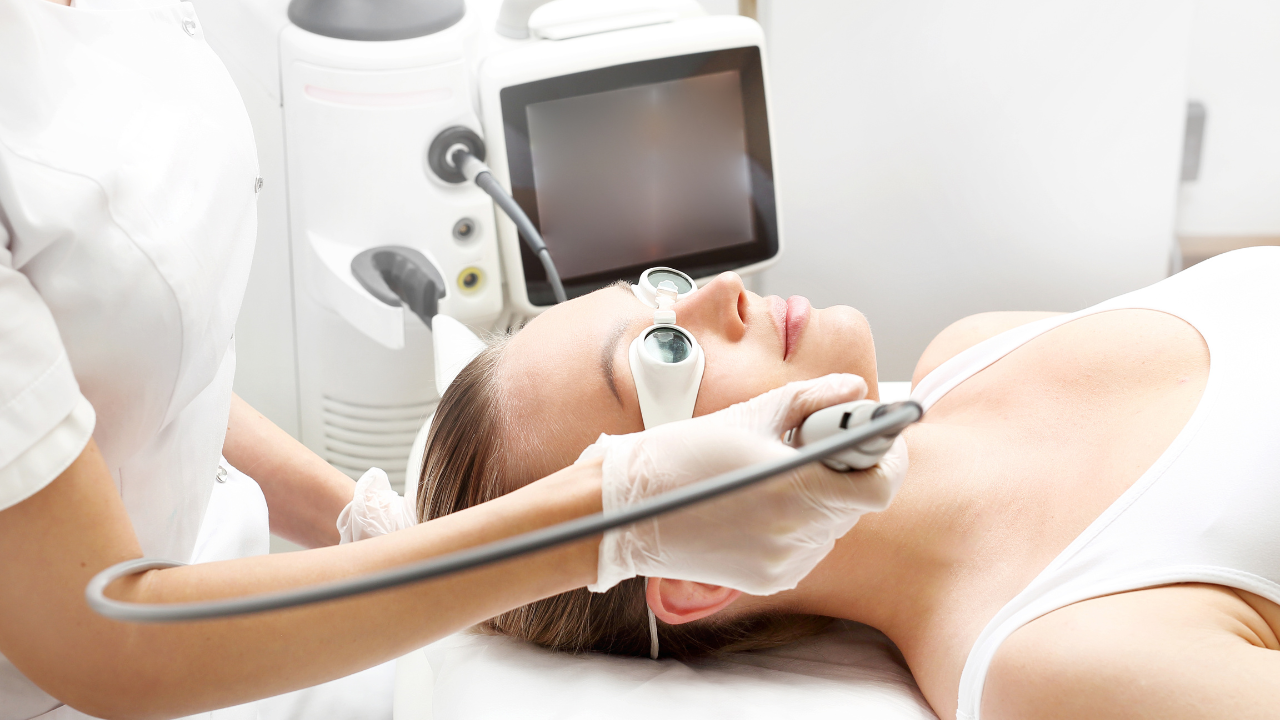 has a picosecond frequency and is a non-ablative laser that can easily treat various skin concerns with a range of 4 high-powered wavelengths and 6 handpieces.
has a picosecond frequency and is a non-ablative laser that can easily treat various skin concerns with a range of 4 high-powered wavelengths and 6 handpieces.
The intense PICO pulses break up pigmentation in the skin, allowing the body to naturally remove the tiny pigment particles.
The laser can precisely target the ink or melanin without causing harm to the nearby skin or tissue while promoting the skin’s natural healing process.
This guarantees a successful recovery in fewer sessions with less downtime than traditional lasers!
Fade Dark Spots Naturally and Painlessly with DRx's PICO Laser Treatment!
With shorter downtime and fewer treatment sessions, the PICO Plus therapy offers the versatility, precision, and pulse control required to meet our patients’ cosmetic goals.
Our licensed professionals have the training and experience needed to conduct PIH treatments that are minimally painful with practically zero downtime.
Contact our team today to discuss your skin concerns and develop a custom treatment plan that will keep you feeling and looking your best!

